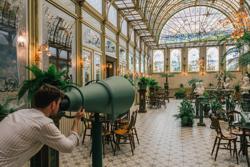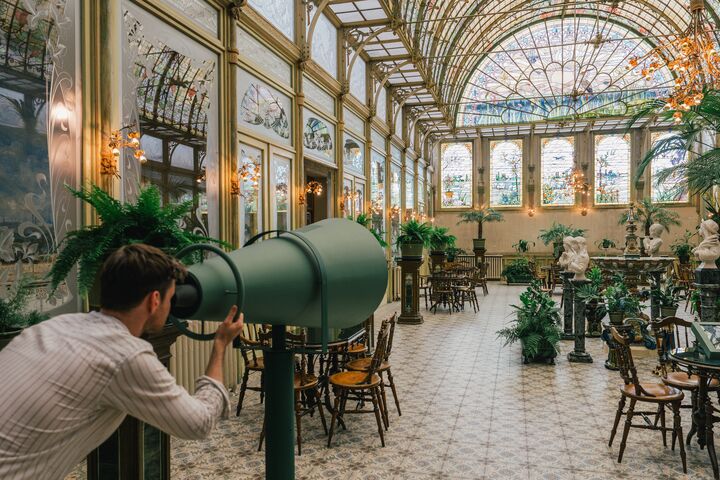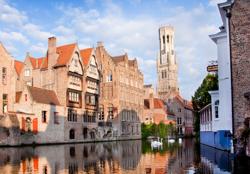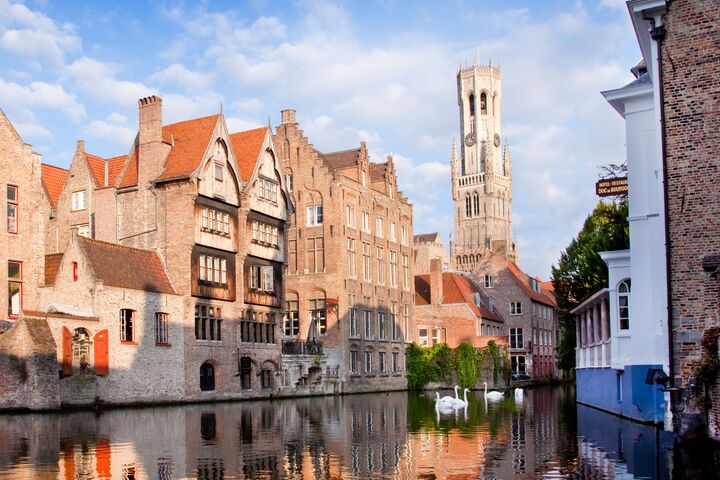If you say Flanders, you say heritage. Cathedrals and belfries, beguinages (a type of convent commonly found in the Low Countries) and castles. And, of course, The Great Art of our Flemish Masters. But whoever said that history and heritage had to be tangible? Flanders is filled with immaterial and cultural heritage. Anything from brewing beer, growing chicory, clarion calls or a parade with a large wooden horse. Our centuries-old traditions and ditto craftsmanship make us who we are.
©Farmboy-Janopdekamp
©JonasTogo
©DirkvanHove
©Heilige Bloed processie vzw FrankToussaint
©Margaux Capoen Stad Ieper
©Stad Ieper- Tijl Capoen
©Hendrik De Schrijver
©Marc Wallican-Westtoer




